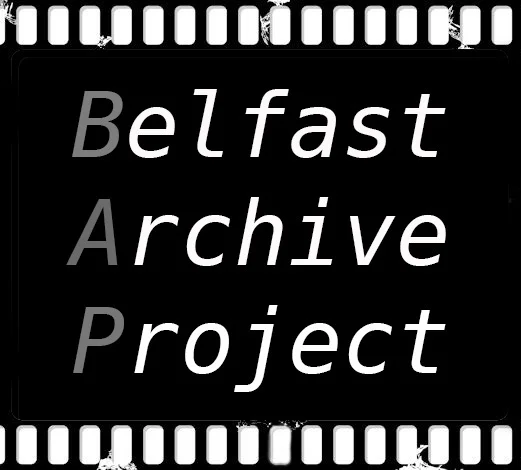Mike Abrahams
In 1985 I was asked to contribute to a book project “Ireland - A Week in the Life of a Nation”, a project where a number of photographers documented life around the island of Ireland. It was my first visit to Northern Ireland and it took me to Crossmaglen. I knew very little about life in the North except what I had seen over the years in the news, civil rights, rioting, the Hunger Strikes, injustice and conflict. I photographed farmers, clubs, church services, Gaelic football, road bowls. All interrupted by British Army checkpoints, intimidation, helicopters and memorials.
After my visit to Crossmaglen I started work on a project to document life in the North of Ireland. I immersed myself in the daily life of the Nationalist community principally in Belfast at that time. I continued making these photographs for another 14 years. I have never been a news photographer although on occasions I have covered news but have been more interested in the daily lived experiences of those who live in extraordinary times.
I became aware of how easy it is to become sucked into a “ghetto mentality”. Moving around the city in the community black taxis, from one safe area to another, aware of the danger of assassinations. Attending funerals, being assaulted by the RUC and harassed by the British Army. Living as a catholic/nationalist in small communities such as Ardoyne with only a population of some 11,000 and surrounded on all sides by loyalists was stressful and exacerbated during days of heightened tension around the 12th July. Attacks were many by the RUC, loyalist paramilitaries and the British Army. In towns such as Portadown where on the nights of the 11th July, those living in Obin Street and Garvaghy Road became prisoners in their own homes, enduring what was perceived as provocative and triumphal displays.
All the while in similar working class neighbourhoods with high levels of deprivation people lived with similar anxieties and fears but with different histories and identities. Leading up to the 12th July, those communities came together to celebrate their traditions and to march their “traditional routes”.
I followed the border created by the partition of Ireland through farmers’ fields, homes and roads and the lives turned upside down by the imposition of this arbitrary line.
More than 30 years later and the signing of the peace agreement, the decommissioning of weapons, a peaceful co-existence and healing began. Both communities were cemented together under the umbrella of Europe. Politicians in London in pursuit of power and a blind ideology seemed to disregard the turbulent history and failed to respect the achievement of the peace process and threatened to derail what had been achieved. Were they really so ignorant of history or did they really not care as they pursued that destructive ideology.
In revisiting these photographs some 30 years later, with greater knowledge and experience of history I find myself reflecting on these moments and what they might represent now and for the future.
100% of every donation goes directly to programming. We deeply appreciate your support!































